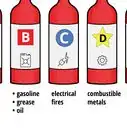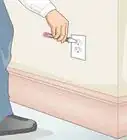This article was co-authored by Ricardo Mitchell. Ricardo Mitchell is the CEO of CN Coterie, a fully licensed and insured Lead EPA (Environmental Protection Agency) Certified construction company located in Manhattan, New York. CN Coterie specializes in full home renovation, electrical, plumbing, carpentry, cabinetry, furniture restoration, OATH/ECB (Office of Administrative Trials and Hearings/Environmental Control Board) violations removal, and DOB (Department of Buildings) violations removal. Ricardo has over 10 years of electrical and construction experience and his partners have over 30 years of relevant experience.
There are 16 references cited in this article, which can be found at the bottom of the page.
wikiHow marks an article as reader-approved once it receives enough positive feedback. In this case, 93% of readers who voted found the article helpful, earning it our reader-approved status.
This article has been viewed 417,192 times.
Electrical shock is no laughing matter, as it often results in serious injury and can even be fatal. Educating yourself about avoiding electric shock can help keep you safe and prevent a dangerous accident. This wikiHow will give you tips on preventing electrical shock.
Things You Should Know
- Prevent shocks at home by finding out your home's electricity requirements. Turn off the breakers before repairing or working with electrical outlets.
- Prevent electrical shocks on the job wearing protective gear and getting a second person to sign off on any electrical work you do.
- In a lightning storm, avoid open areas and take shelter as fast as possible. Stay indoors until the storm is over.
- If you do experience an electrical shock, call emergency services and turn off the power source right away.
Steps
At Home
-
1Learn how electricity works. The first step in preventing a dangerous situation is to understand the cause of electric shock. Read books, articles, websites and blogs about electricity and safety measures to take when working with electricity.[1]
- In basic terms, electricity naturally tries to flow to the earth or ground through any and all materials that will conduct an electrical current.[2]
- Certain compounds, like wood and glass, are poor conductors of electricity. Other materials, like seawater and many metals, conduct very well. The human body is able to conduct a current largely due to the amount of sodium and water in the body, and an electric shock happens when electricity flows through parts of the body.[3]
- This happens most often when a direct source of electricity is exposed to human contact. It may also flow into a person through another conductor, like a pool of water or a metal pole.[4]
- To learn more about electricity and the cause of electric shock, read about it here or ask a trusted electrician.
-
2Know your limits. There are some simple electrical problems around the house that you can handle yourself. However, any time you are having serious or major electrical issues, you should hire a professional electrician. It may be expensive, but it is cheaper than a stint in the hospital.[5]
- There are essentially two types of electricians you can hire, “master” electricians and “journeyman” electricians. Both types are usually licensed by the state - but not always. Master electricians generally own businesses and can employ other licensed electricians and helpers or apprentices, while journeyman electricians can work for a master electrician or be self-employed and hire a single helper or apprentice. The rules of what each type of electrician may do and may not do varies by state, county or locality.
Advertisement -
3Find out electricity requirements. The items and appliances in your household all have their own electrical requirements. Know the specific types of circuit breakers, fuses, and even lightbulbs that are required in your home. Make sure to replace them with the right parts when needed. Using incompatible parts could cause the equipment to function improperly, create an unsafe condition that may result in fire, injury or death.
-
4Turn the electricity off. The first step that you need to take before attempting to fix any electrical problems yourself is to turn the electricity off in your home. This helps to ensure that, even if you make a mistake, you won't be electrocuted.[6]
- There will be a main electrical panel somewhere in your home (usually in a basement or garage). This panel has a simple on/off switch that allows you to cut the flow of electricity to your entire house. Make sure the switch on this panel is flipped to “off” before attempting any repairs.[7]
-
5Cover sockets and outlets. Covering outlets with wall panels is crucial for preventing accidental contact with wires, and is required by code. If you live with small children, it is also wise to use socket safety plugs to keep curious fingers safe from injury.[8]
-
6Install GFCI breakers and outlets. GFCI, or Ground Fault Circuit Interrupter, devices are able to detect imbalances in the amount of electricity flowing through a circuit and will cut off power at the GFCI device. GFCI receptacles are required in most new construction homes in places where electric shock is most likely – near sinks, in the bathroom, over kitchen counters, in the garage, and outdoors – and can typically be installed in older homes for a low cost.[9]
- Do not use GFCI for inductive or capacitive loads such as heavy-duty electrical motors or space heaters. These will trigger the GFCI and disconnect the load.
-
7Avoid common mistakes. There are a handful of common mistakes people make when attempting to make electrical fixes in their homes. You need to be aware of these mistakes and take all the necessary precautions to avoid. Some things to avoid are:
- Avoid touching a bare wire that may be conducting a current.
- Avoid overloading power strips and other receptacles with multiple plugs. Using only two plugs per outlet lessens the risk of shock and fire.[10]
- Utilize three-prong plugs whenever possible. The third prong, which grounds the electrical current, should never be removed.
- Never assume that someone else turned off the power source. Always check for yourself!
-
8Avoid water. Store and use electric devices away from water. Water and electricity do not mix well and appliances should always be kept away from any moisture. This will prevent any accidental shocks from occurring.
- Never use an electrical appliance while in the bath or shower.[11]
- If your toaster or another electric appliance is near your kitchen sink, never use the running water and the appliance at the same time. Keep it unplugged when not in use.[12]
- Store outdoor electrical equipment in a place where it will be kept dry, like a garage shelf.[13]
- If a plugged-in appliance falls into water, do not attempt to retrieve it until you turn off power to the corresponding circuit. Once the power is off, you may retrieve the device. Once it is dry, it can be evaluated by an electrician to see if it is suitable for future use.[14]
-
9Replace worn or damaged equipment. Pay attention to the condition of your electric devices, and maintain them regularly. Some signs that indicate a need for repair are:[15]
- Sparking
- Issuing of small shocks
- Frayed or damaged cords
- Heat from electrical outlets
- Recurrent short-circuiting
- These are only a few signs of wear and tear. If something else seems strange, contact an electrician. It's always better to be safe than sorry!
-
10Turn the power back on. Once you have made the necessary repairs and are ready to test the appliance or outlet you have fixed, turn the power switch on your main panel back to the “on” position. [16]
- You may need to reset your circuit breakers as well. To do this, flip the switch on each individual breaker to “off”, then flip it back to “on”.[17]
-
11Consider installing safety outlets and outlet covers. Safety outlets require some force to expose the female connector; outlet covers plug into the female connector of the outlet, do not conduct electricity, and are hard to remove for most young children.
-
12Be sure that the appliance is set at the appropriate settings for the outlet you are plugging in. In a country that uses a higher voltage, there is a higher wattage, which can damage your electronics and risk electrical shock. Make sure that the appliance is set to the appropriate voltage input, and use a 100-240V to 110V or 220V transformer to avoid mistakes caused by accidentally plugging in appliances into the wrong voltage.
- Understand that the key difference between an adapter and a transformer is that an adapter just allows the appliance to be plugged in, but a transformer steps the voltage to the correct voltage. For chargers, an adapter is fine, but for laundry machines, kitchen appliances, hairdryers, and other appliances without a built-in transformer, use a transformer.
On the Job
-
1
-
2Wear protective gear. Rubber soled shoes and non-conductive gloves provide a barrier. Putting a rubber mat on the floor is another effective precaution. Rubber does not conduct electricity and will help you avoid getting shocked.[20]
-
3Exercise caution when operating power tools. Make sure that all of your tools have a three-pronged plug, and inspect all equipment for signs of damage. It is also important to turn off power tools before connecting them to electricity. Always keep power tools away from water, and clear the work area of flammable gasses, vapors, and solvents when tools are in use.[21]
-
4Double up. It is always wise to have a second person around to assist you when working with electricity. This second person can double check to ensure you have followed all necessary precautions. Also, if something does go wrong and you do get shocked, this second person can immediately get you the help you need.[22]
- Make sure you communicate well with this other person. Many electrical accidents occur because of miscommunication. You need to be able to trust that when this person says the power is off, it is actually off.[23]
- Even if you trust this other person with your life, it is probably a good idea to double check and make sure the power is off for yourself. Never assume anything when dealing with electricity.[24]
-
5Call a professional for big jobs. Working with electricity is inherently dangerous and complicated. If you are not completely confident in your skills, bring in a trusted electrician to complete the job.[25]
In a Lightning Storm
-
1Check the weather report. It may sound obvious, but making sure you have a clear forecast for your outdoor adventure is crucial to avoid getting caught in an electrical storm. Even if you're just gone for an afternoon, weather can change quickly and the best prevention is preparedness. Know the chance of a thunderstorm in the outdoor area you plan to visit, and plan to head in long before the lightning is due to start.
-
2Watch for signs of a coming storm. Pay attention to changes in temperature, increases in wind, or darkening of the sky. Listen for thunder. If it looks like a storm is rolling in, stop what you are doing and take shelter immediately.
-
3Find shelter. If you are outside and a storm approaches, quickly heading indoors is the only real way to be protected from lightning. Look for a completely enclosed shelter with its own electricity and plumbing, like a house or business. If that option is not available, hiding out in a car with the doors closed and windows up is also a safe bet. Covered picnic areas, stand-alone restroom facilities, tents, and other small structures will not keep you safe. No reliable shelter in sight? Reduce your risk with these preventive guidelines:
- Stay low
- Avoid open areas
- Avoid metal and water
-
4Wait it out. Whether indoors or out, do not leave your chosen safety area for at least half an hour after the last clap of thunder is heard. If you have any doubts about whether or not the storm has passed, stay inside.
Mitigating Damage
-
1Keep a fire extinguisher handy. Keep a fire extinguisher ready to go in areas where you work with electrical equipment. Fire extinguishers for use on electrical fires will have a "C," "BC," or "ABC" on the label.[26]
-
2Prepare for the worst. No matter how many precautions are in place, electric shock is always a risk when electricity is in use. If shock occurs, it is important to be prepared in order to handle the situation safely.[27]
-
3Call for help. In the case of an electric emergency, always call the Emergency Services. It is unwise to try to treat the victim yourself when an electrical shock has occurred.[28]
-
4Do not touch a victim of shock with bare hands. Shock victims usually don't hold the electricity in their bodies for very long. However, you must always use caution, as the victim could potentially still be conducting electricity. Use a non-conductive barrier, like rubber gloves, if at all possible, to touch or move the victim.[29]
-
5Turn off the power source, if possible. If you can do so without being shocked yourself, turn off the power. If this is not possible, move the victim away from the source with a non-conductive material, like a piece of wood.[30]
- You should only try to move an electrical shock victim if the person is in immediate danger.[31]
-
6Check for vitals. Once you are certain the victim is no longer conducting electricity, check to see if the person is breathing. If the victim is not breathing, begin CPR immediately while someone else alerts emergency medical services.[32]
- OSHA's safety rules for working around electricity state that you have about 4 minutes to get help for an electric shock victim, so move quickly.[33]
-
7Wait for medical help to arrive. Stay calm and keep the victim lying horizontally, with his legs slightly elevated until medical help can arrive. Once help arrives, stay out of the paramedics' way. If the paramedics ask for any assistance, follow their instructions.[34]
Expert Q&A
Did you know you can get expert answers for this article?
Unlock expert answers by supporting wikiHow
-
QuestionWhat's the difference between 2-pronged and 3-pronged electrical plugs?
 Ricardo MitchellRicardo Mitchell is the CEO of CN Coterie, a fully licensed and insured Lead EPA (Environmental Protection Agency) Certified construction company located in Manhattan, New York. CN Coterie specializes in full home renovation, electrical, plumbing, carpentry, cabinetry, furniture restoration, OATH/ECB (Office of Administrative Trials and Hearings/Environmental Control Board) violations removal, and DOB (Department of Buildings) violations removal. Ricardo has over 10 years of electrical and construction experience and his partners have over 30 years of relevant experience.
Ricardo MitchellRicardo Mitchell is the CEO of CN Coterie, a fully licensed and insured Lead EPA (Environmental Protection Agency) Certified construction company located in Manhattan, New York. CN Coterie specializes in full home renovation, electrical, plumbing, carpentry, cabinetry, furniture restoration, OATH/ECB (Office of Administrative Trials and Hearings/Environmental Control Board) violations removal, and DOB (Department of Buildings) violations removal. Ricardo has over 10 years of electrical and construction experience and his partners have over 30 years of relevant experience.
Electrician & Construction Professional, CN Coterie
Warnings
- To prevent overloading a circuit, never run a new electrical outlet from the wires from an existing outlet. Instead, run new wire from your breaker panel.[35]⧼thumbs_response⧽
References
- ↑ http://www.safetyed.org/howtopreventelecrticalshock.html
- ↑ http://electronics.stackexchange.com/questions/152291/how-grounding-works-to-prevent-electrical-shock
- ↑ http://electronics.stackexchange.com/questions/152291/how-grounding-works-to-prevent-electrical-shock
- ↑ http://www.safetyed.org/howtopreventelecrticalshock.html
- ↑ http://www.thisoldhouse.com/toh/article/0,,213817,00.html
- ↑ http://www.pge.com/en/safety/gaselectricsafety/electriconoff/index.page
- ↑ http://www.pge.com/en/safety/gaselectricsafety/electriconoff/index.page
- ↑ http://www.cableorganizer.com/articles/preventing-home-electrical-hazards.html
- ↑ http://www.cableorganizer.com/articles/preventing-home-electrical-hazards.html
- ↑ http://www.cableorganizer.com/articles/preventing-home-electrical-hazards.html
- ↑ http://www.cableorganizer.com/articles/preventing-home-electrical-hazards.html
- ↑ http://www.cableorganizer.com/articles/preventing-home-electrical-hazards.html
- ↑ http://www.cableorganizer.com/articles/preventing-home-electrical-hazards.html
- ↑ http://www.cableorganizer.com/articles/preventing-home-electrical-hazards.html
- ↑ http://www.cableorganizer.com/articles/preventing-home-electrical-hazards.html
- ↑ http://www.pge.com/en/safety/gaselectricsafety/electriconoff/index.page?
- ↑ http://www.pge.com/en/safety/gaselectricsafety/electriconoff/index.page?
- ↑ http://www.pge.com/en/safety/gaselectricsafety/electriconoff/index.page?
- ↑ http://www.pge.com/en/safety/gaselectricsafety/electriconoff/index.page?
- ↑ https://www.osha.gov/SLTC/etools/electric_power/personal_protective_equipment.html
- ↑ https://www.osha.gov/Publications/osha3080.pdf
- ↑ https://www.osha.gov/SLTC/etools/electric_power/medical_first_aid.html
- ↑ https://www.osha.gov/SLTC/etools/electric_power/medical_first_aid.html
- ↑ https://www.osha.gov/SLTC/etools/electric_power/medical_first_aid.html
- ↑ http://www.safetyed.org/howtopreventelecrticalshock.html
- ↑ http://www.safetyed.org/howtopreventelecrticalshock.html
- ↑ https://www.osha.gov/SLTC/etools/electric_power/medical_first_aid.html
- ↑ https://www.osha.gov/SLTC/etools/electric_power/medical_first_aid.html
- ↑ http://www.mayoclinic.org/first-aid/first-aid-electrical-shock/basics/art-20056695
- ↑ http://www.mayoclinic.org/first-aid/first-aid-electrical-shock/basics/art-20056695
- ↑ http://www.mayoclinic.org/first-aid/first-aid-electrical-shock/basics/art-20056695
- ↑ https://www.osha.gov/SLTC/etools/electric_power/medical_first_aid.html
- ↑ https://www.osha.gov/SLTC/etools/electric_power/medical_first_aid.html
- ↑ http://www.mayoclinic.org/first-aid/first-aid-electrical-shock/basics/art-20056695
- ↑ Ricardo Mitchell. Electrician & Construction Professional, CN Coterie. Expert Interview. 6 May 2020.
About This Article
To prevent electrical shock, always turn off the electricity in your home using the main panel before attempting to fix any electrical problems. Also, avoid touching bare wires unless you're certain they're not conducting a current. If you're bathing or using a sink, make sure there aren't any electrical appliances nearby since water conducts electricity and can lead to an electrical shock. You should also try to avoid plugging a lot of things into a power strip since that increases the risk of a shock or fire. To learn what to do if you get shocked, scroll down!

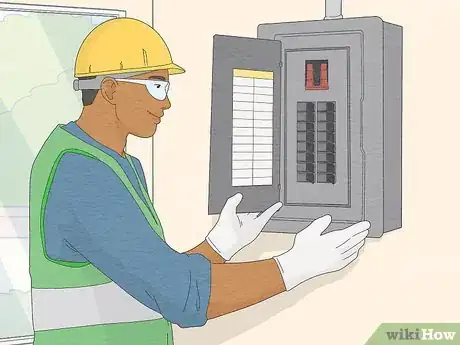
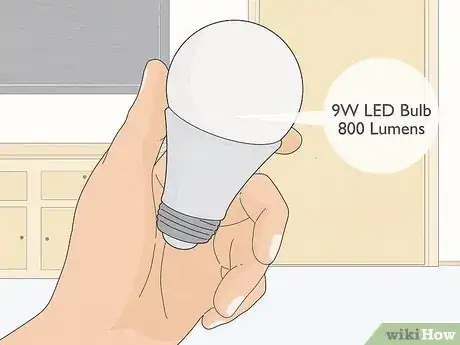
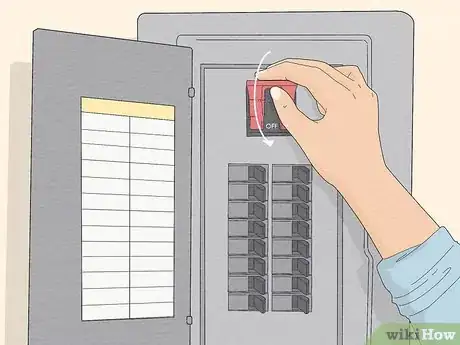
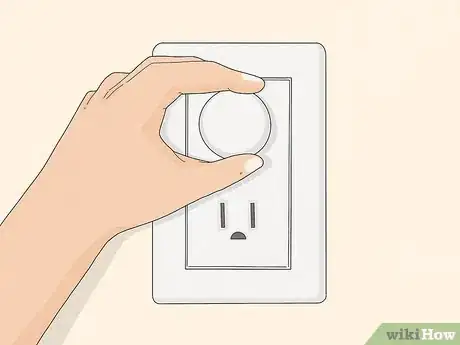

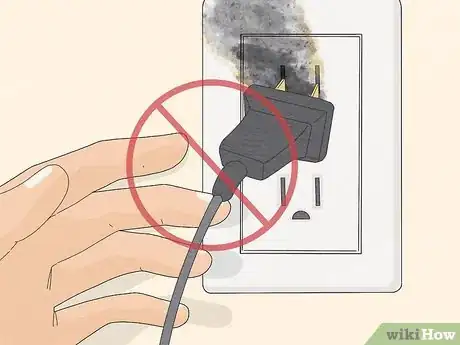
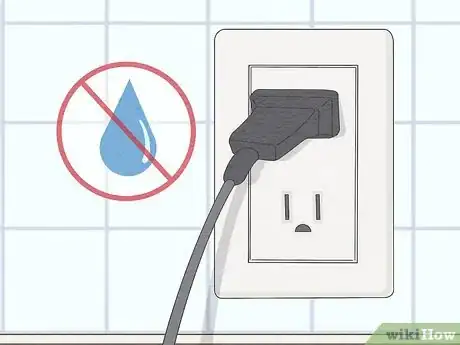
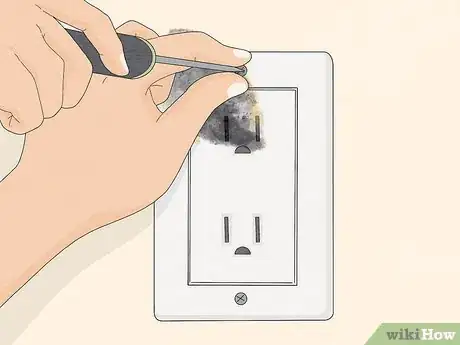
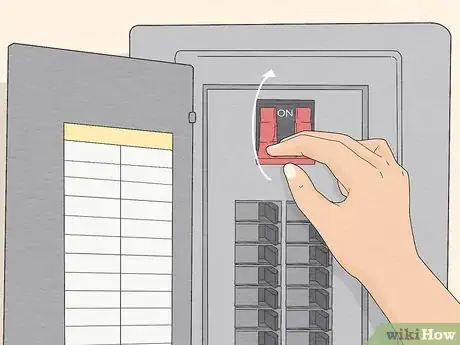
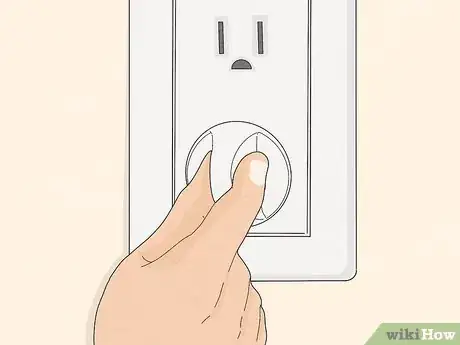

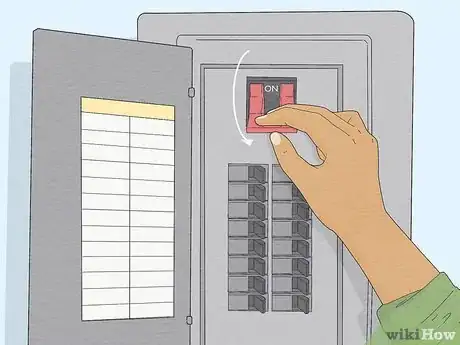
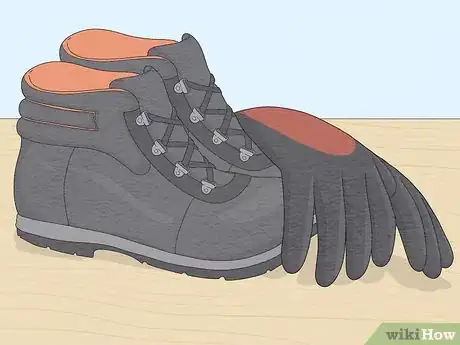
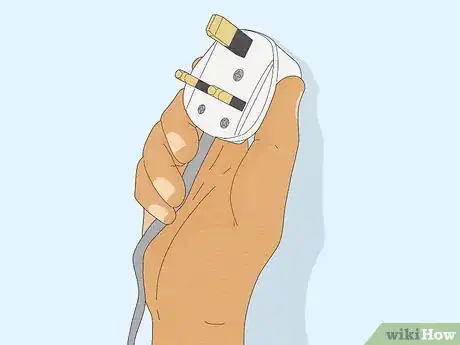
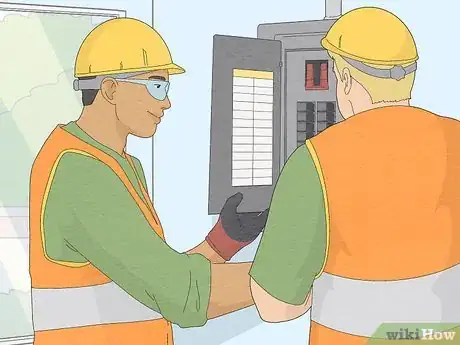
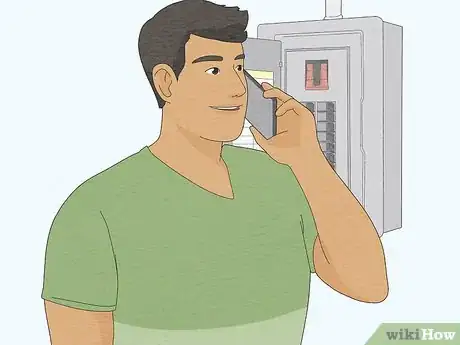
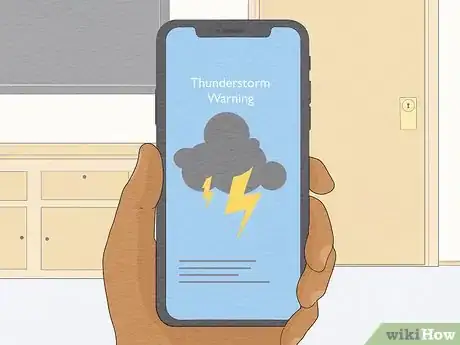



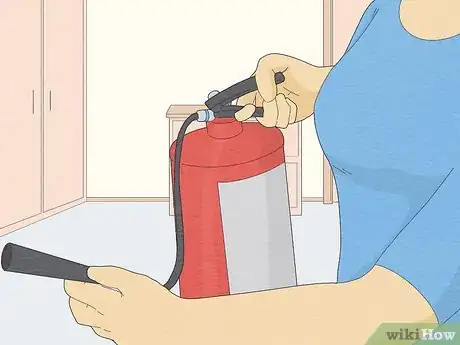
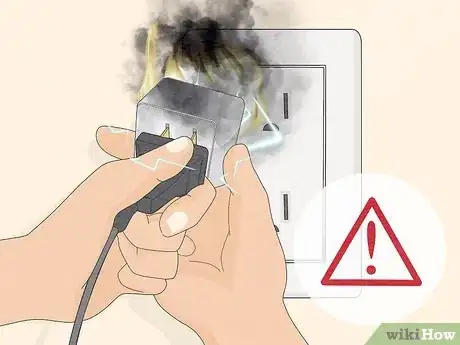
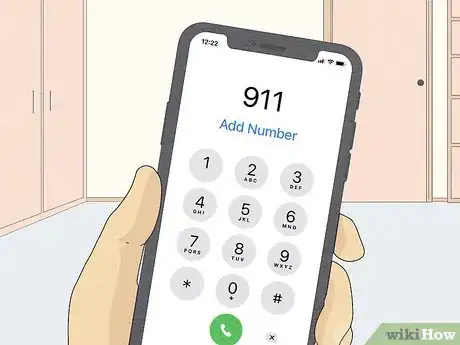
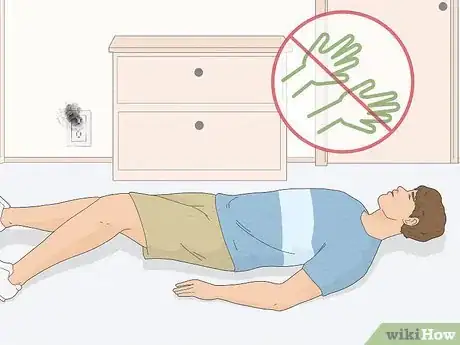
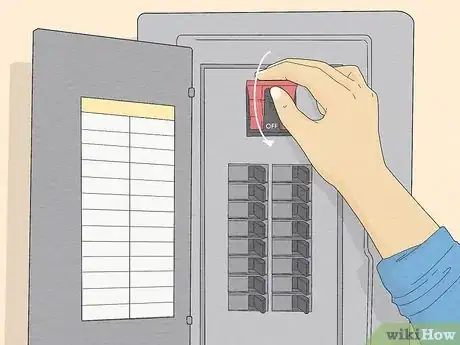
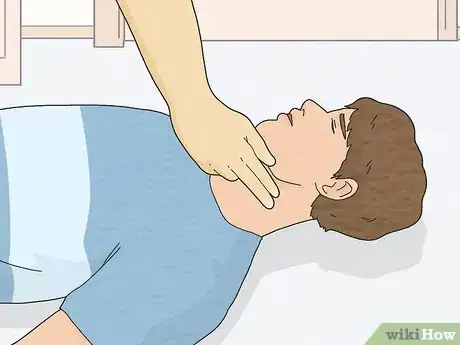
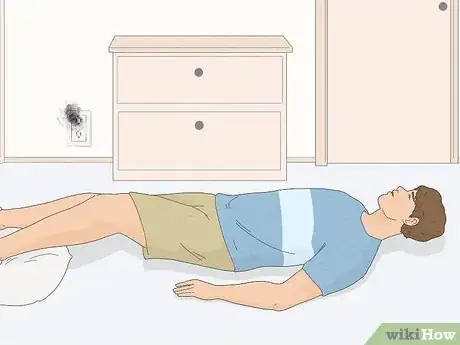


-Electric-Shock-Step-9.webp)

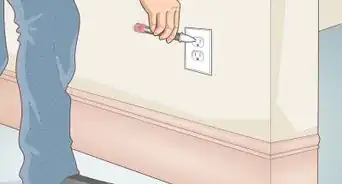
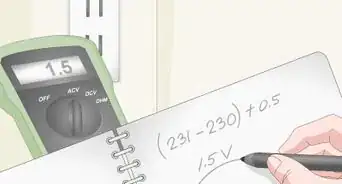
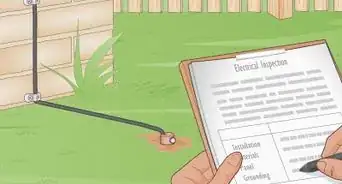
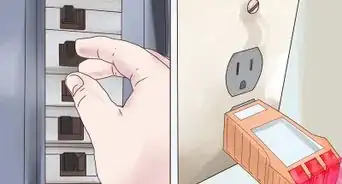
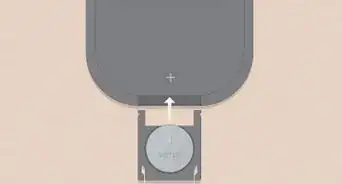
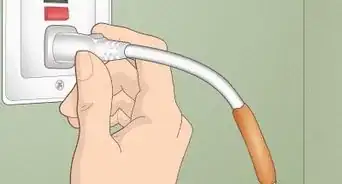
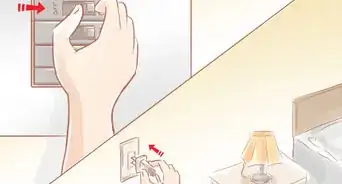
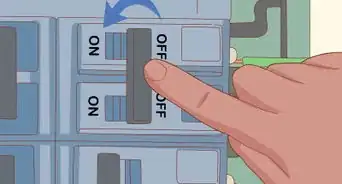
-Electric-Shock-Step-8.webp)
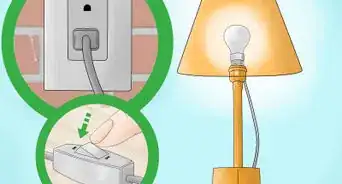
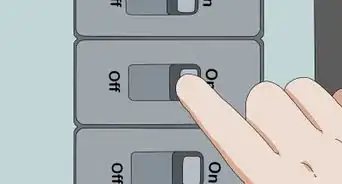










-Electric-Shock-Step-9.webp)
